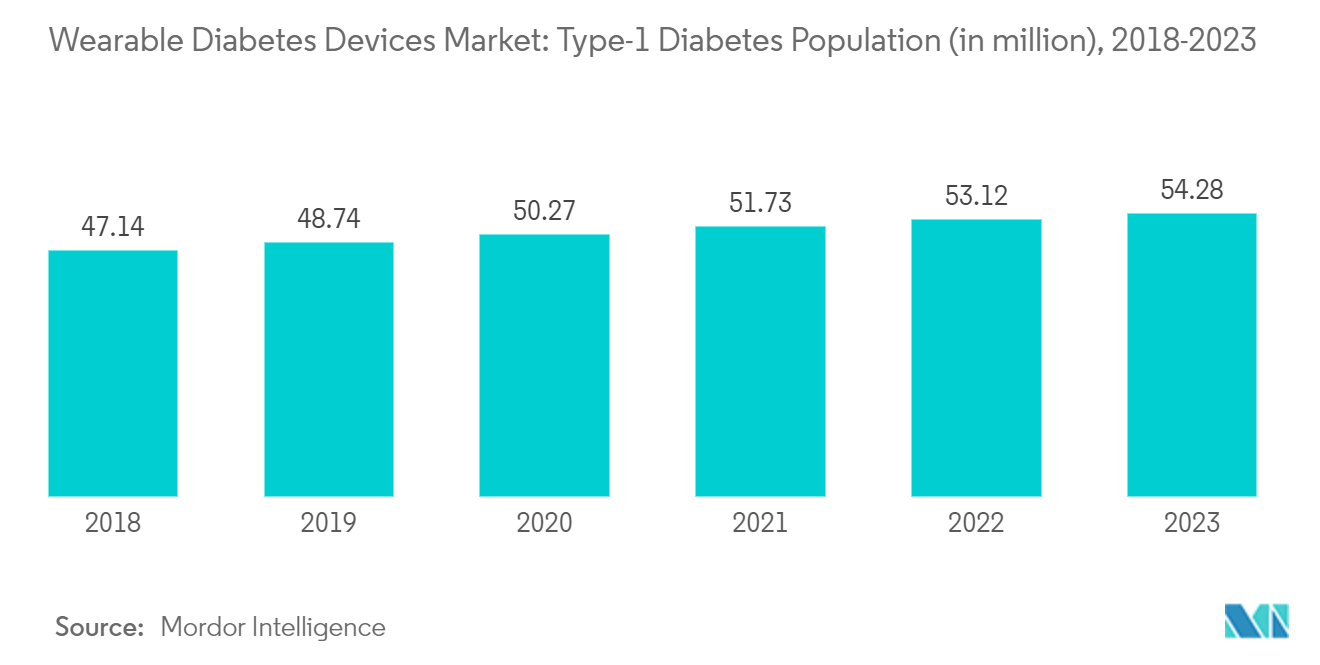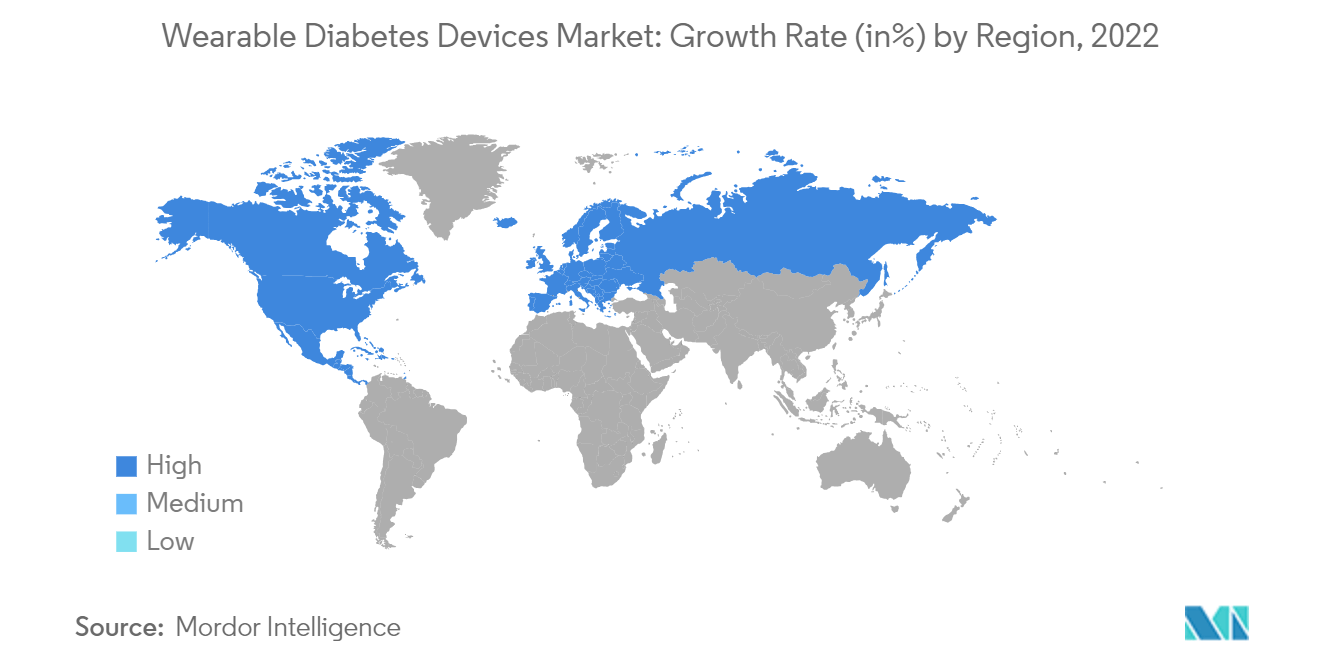Market Trends of Wearable Diabetes Devices Industry
Rising diabetes prevalence globally is driving the market in forecast years
Diabetes, also known as diabetes mellitus, is a significant and chronic medical condition characterized by elevated levels of glucose in the bloodstream. This condition arises when the body fails to produce an adequate amount of insulin or is unable to utilize the insulin it produces effectively.
Diabetes poses a significant menace to worldwide well-being, disregarding both socioeconomic standing and international borders. Individuals afflicted with diabetes face the possibility of encountering numerous severe and potentially fatal complications, resulting in a heightened demand for medical attention, a diminished standard of living, and unwarranted strain on families. Inadequately managed diabetes and its complications can result in frequent hospitalizations and untimely demise. On a global scale, diabetes ranks among the leading ten causes of mortality.
Although the data presents a harsh reality, there is still a glimmer of hope. By detecting diabetes early and receiving proper treatment, it can be controlled, and its complications can be avoided. Additionally, type 2 diabetes can be prevented in many cases, and there is convincing proof that it can even be reversed in certain situations.
In recent times, the World Health Organization (WHO) and the United Nations (UN) have established global objectives to promote initiatives aimed at enhancing healthcare and strengthening healthcare systems. These initiatives encompass endeavors such as reducing premature mortality caused by non-communicable diseases (NCDs), including diabetes, by 30% before 2030, implementing national diabetes plans, and achieving universal health coverage (UHC) by 2030. These measures are crucial in ensuring that affordable, top-notch care is accessible to all and in mitigating the financial hardships faced by the approximately 580 million individuals who will be living with diabetes at that time.
Nevertheless, numerous nations continue to lack a comprehensive diabetes strategy, leaving a significant portion of the global population without adequate access to essential healthcare services. Moreover, the majority of countries are failing to meet the WHO's goal of halting the increase in type 2 diabetes cases by 2025. Urgent measures must be taken at the national level to enhance prevention efforts for type 2 diabetes and improve the management of all forms of the disease. Governments must embrace a health-in-all-policies approach to ensure optimal care and enhance the quality of life for individuals living with diabetes.

The North American region is Expected to Witness the Highest Growth Rate Over the Forecast Period
According to the National Diabetes Statistics Report 2022 by the Centres for Disease Control and Prevention (CDC), over 130 million adults in the United States are currently affected by diabetes or prediabetes. Type 2 diabetes is the prevailing form of the disease, with communities of color, rural residents, and individuals with lower education levels, incomes, and health literacy facing greater consequences.
Various organizations such as the American Diabetes Association (ADA), the Endocrine Society, the American College of Physicians, the American Academy of Paediatrics, the Society of General Internal Medicine, and the National Academy of Medicine have released statements and made calls to action to tackle social determinants of health at different levels - individual, organizational, and policy. Additionally, ADA has published a scientific review that delves into the links between SDOH and diabetes risk and outcomes, with a focus on factors such as socioeconomic status, health literacy, the food environment, food insecurity, and neighborhood and physical environments, among others.
The prevalence of chronic diseases, such as diabetes, is increasing in the North American region. Wearable medical devices provide continuous monitoring and real-time data collection, allowing individuals to effectively manage their conditions. The demand for wearable medical devices is driven by the need for early detection, timely intervention, and improved disease management.
The North American region is witnessing an increasing focus on preventive healthcare. Wearable medical devices play a vital role in enabling individuals to actively monitor their health. These devices offer personalized health information, promote healthier lifestyle decisions, and aid in the early identification of potential health problems. With the growing awareness of personal well-being, the demand for wearable medical devices as preventive measures is on the rise.


